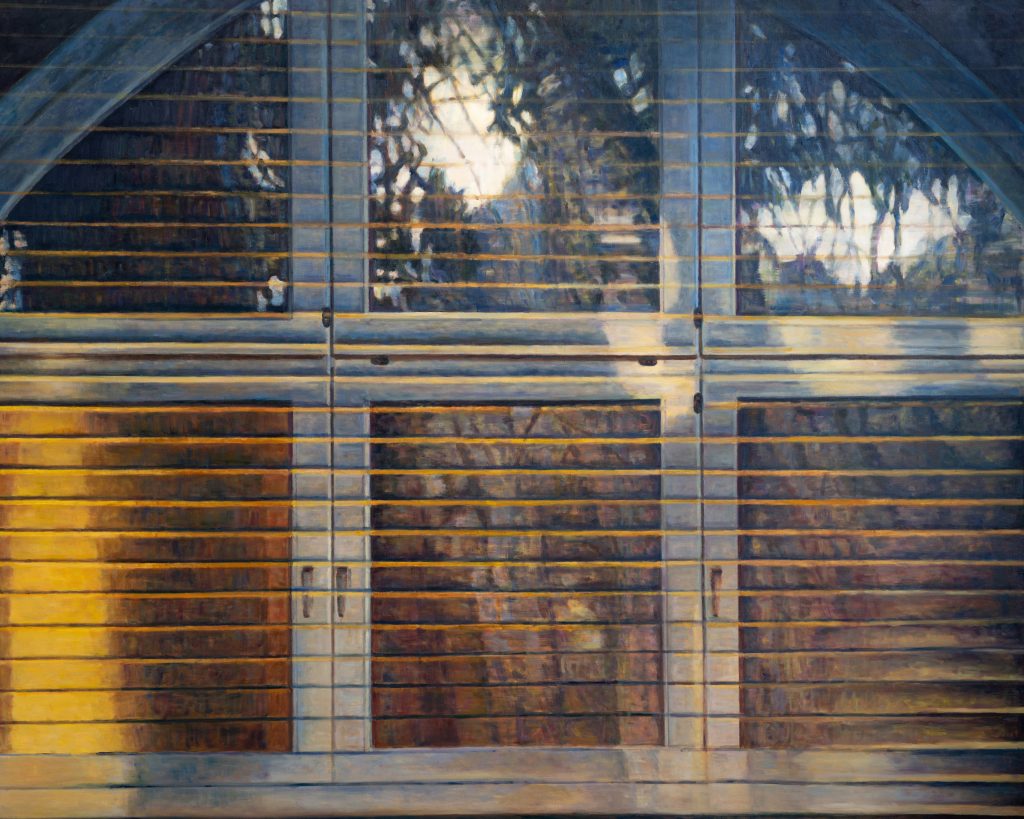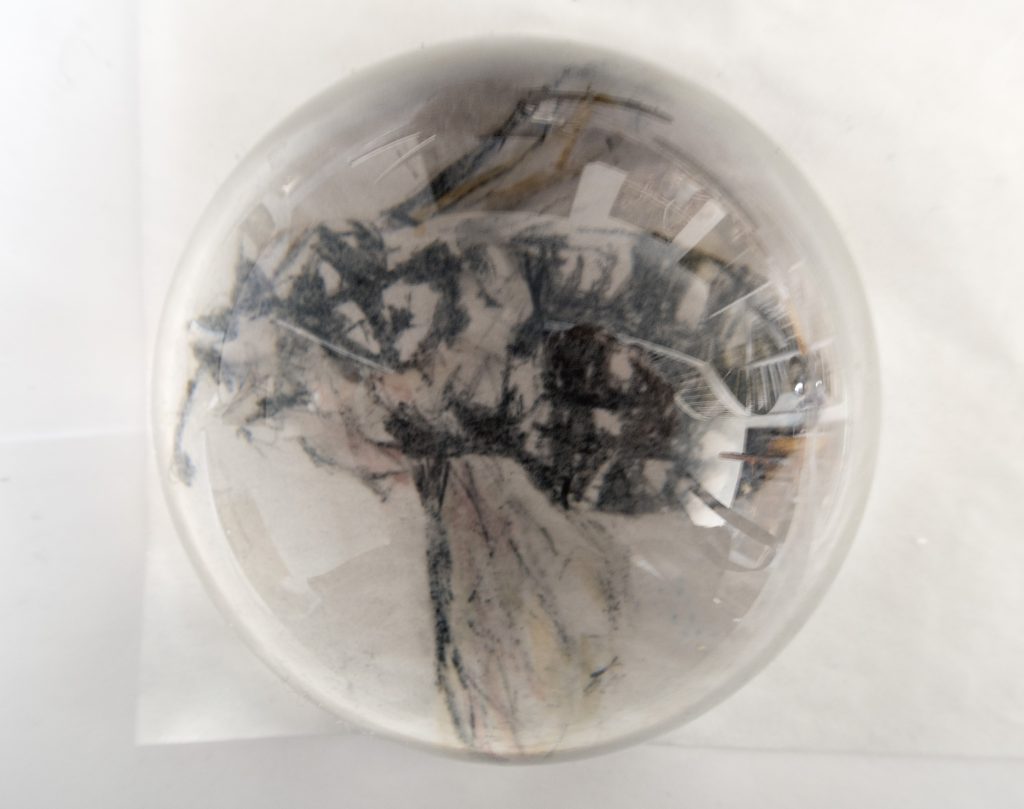Tyresö Konsthall, 27.05 – 27.08. 2023


Öppetider från 19 juni t-o-m 20 augusti; mån – tor 9 – 19, fre 9 – 18Utställnigsidén är baserad på den keyanska miljöaktivisten Patricia Kombos intervju i DN 2023 och hennes berättelse om vita fjärilar, vars ankomst förknippades med regn och rekordskördar för hennes familjegård. När fjärilarna försvann förvandlades deras jordbruksmark till en torr ödesmark.
There seems to be a gap between our experience of nature and the concept of nature. Tainted by the cultural and scientific knowledge that has been taught to us, can we really have an objective experience of nature? Doesn’t it become a mirror in which our way of conceiving the outside world is reflected?
When we think of the concept of nature, another notion is directly opposed to it, that of culture. Yet ancient philosophy saw no opposition between nature and culture. Nature was for them an entity including all that is living.
Last year I came across an article in a Swedish newspaper DN about environmental activist Patricia Kombo and the story of her family as farmers in Kenya. Whenever the “white butterflies” appeared, Patricia’s grandmother knew it was a sign of rain and that their crops would be abundant. But in recent years the butterflies have ceased to appear, as the rain has become progressively rare. Victims of increasingly long periods of drought, their fertile land soon turned into a barren desert.
When did we stop to listen to the signs?
The theses of mathematician and philosopher René Descartes turned the uncontrollable into the predictable at a time when the phenomena of nature were considered “unheimlich”, the domain of the unknown, the frightening.
The Swedish naturalist and botanist Carl von Linné devoted his life to finding a system to name most plants, minerals, and animals, then categorize them according to their rank. Its nomenclature became standard in the 19th century. Linnaeus considered nature a bit like a living machine and had also given himself another task. He wanted to use his knowledge to develop new agricultural methods to increase productivity and give economic value to natural resources. He added two new categories to his classification: “utility” and “pests”.
Carl Von Linné’s methods are at the origin of the first great agricultural revolution which took place in the middle of the 18th century, in Sweden and soon spread throughout Europe. The landscape was divided into identical quadratic-shaped fields with the main purpose of increasing the productivity of agricultural crops.
Linné’s primary intention was undoubtedly to bequeath to humanity a system to eradicate hunger but misinterpreted and made nature a capitalist resource, these methods evolved over time to create increasingly intensified monocultures, bringing us to the threshold of the ecological disaster that we face today.
While visiting the exhibition of prehistoric art at the Musée de l’Homme during my residency in Paris,, I remain fascinated by the magnificent prehistoric sculptures meticulously chiseled in the remains of animal bones.
I find it hard to believe that the activities of homo sapiens could have created such a disorder in ecosystems and changed the composition of the atmosphere accelerating global warming.
I hold my breath in fron ot the digital images of the painted sceneries on the walls of rocks and caves, a multitude of animals that seem to have come out of an imaginary world, a hind of lost Eden where man and nature were still one.